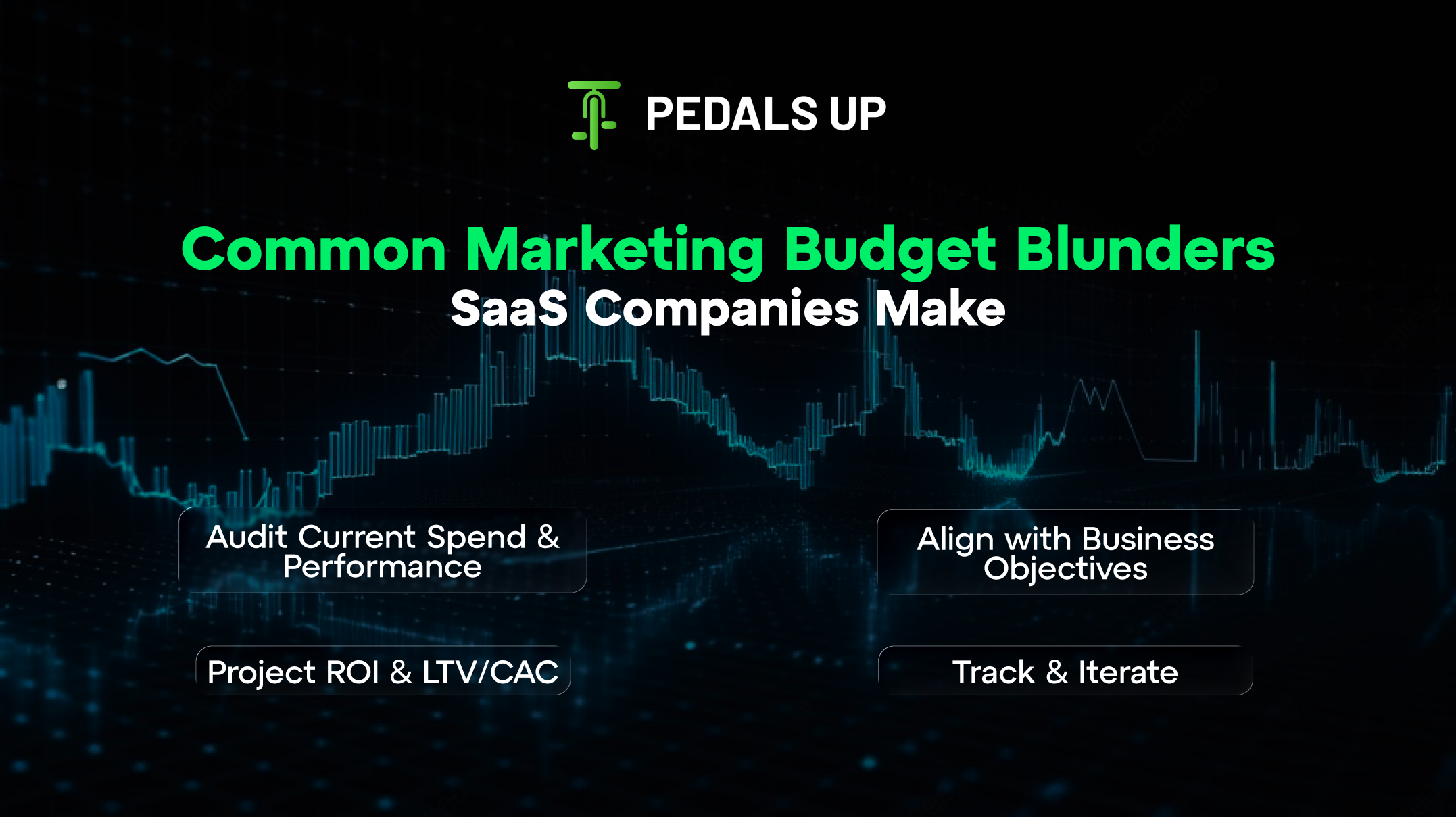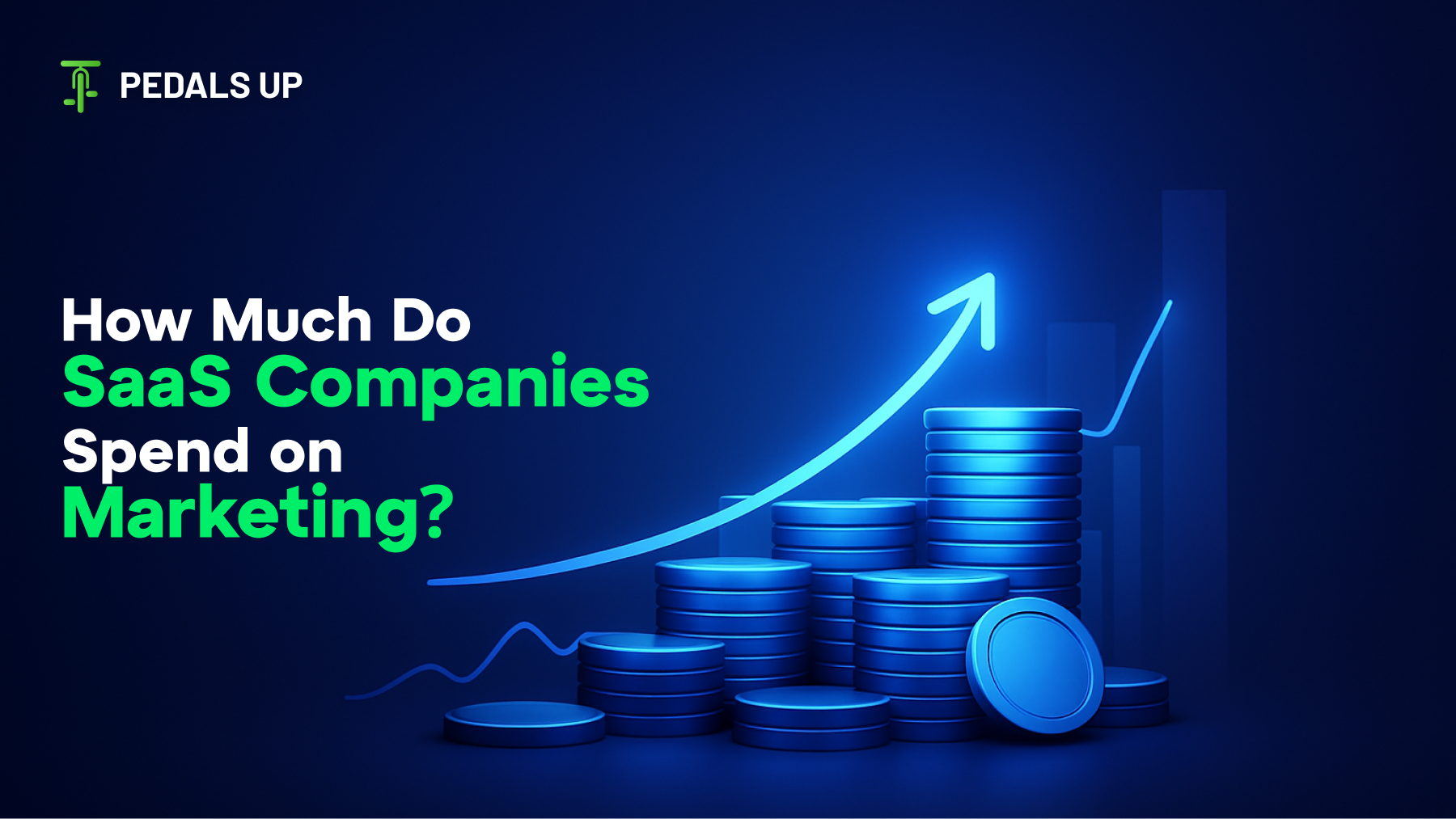Introduction
Is your SaaS company overspending or underspending on marketing? A 2025 survey by SaaS Capital indicates that the average SaaS firm spends only 8% of its annual recurring revenue (ARR) on marketing, a figure consistent with the previous year. However, many businesses aim for significantly more. This guide provides hard data, factors influencing variance, and a real-world case study to help inform your next budget decision.
Industry Benchmarks for SaaS Marketing Spend
Median Marketing Spend: 8% of ARR
Private B2B SaaS companies typically track a median marketing spend of 8% of ARR, aligning with 2024 and early 2025 benchmarks from SaaS Capital and SimpleTiger. This translates to $80,000 annually in marketing for every $1 million in ARR.
Average Ranges by Company Stage
- Early-stage startups tend to prioritize rapid customer growth, potentially spending 30–50% of revenue on combined sales & marketing, with marketing alone usually in the 10–20% range (Saleo).
- Growth-Stage Companies balance efficiency with acquisition, spending an average of 10–20% of revenue on marketing. They focus on scaling channels such as content, paid ads, and events (42DM).
- Mature/Enterprise SaaS companies shift their focus towards retention. They tend to allocate 15–30% on combined sales & marketing, with marketing frequently closer to the lower end of that range.
Public SaaS Benchmarks
For all public companies combined, the average marketing spend was 9.1% of revenue in 2023, a rise from its low of 6.4% in 2021 (Vital Design). While inflation and tighter budgets have moderated growth, digital marketing channels still account for approximately 70% of overall marketing expenditure (HubSpot).
Factors That Drive Marketing Budget Decisions

Several factors determine where a SaaS business falls within these spending brackets:
- Growth Objectives: More aggressive ARR growth targets often necessitate larger marketing budgets.
- Customer Acquisition Cost (CAC): If CAC is low, companies can afford to spend more to scale efficiently.
- Lifetime Value (LTV): A high LTV can sustain higher upfront marketing expenditures.
- Channel Mix: The choice of channels (e.g., paid media, organic, events) significantly impacts cost structures.
- Funding Status: Venture-backed SaaS companies often prioritize growth over near-term profitability, sometimes spending up to two times more on marketing than bootstrapped counterparts (SaaS Capital).
Real-Life Examples
- Budgets at Private SaaS Firms
- Bootstrapped vs. Equity-Backed:
- 85% of bootstrapped SaaS firms are two percentage points off breakeven, allocating 6–10% of ARR toward marketing.
- Equity-backed peers invest 10–16%, accepting greater losses to gain market share (SaaS Capital).
- Average B2B SaaS Spend: A study of over 1,200 B2B SaaS providers indicates average marketing expenditures are 10–20% of yearly revenue (42DM).
Case Study: DocuSign’s Sales & Marketing Investment
While DocuSign’s figures combine sales and marketing, the trends offer valuable insights:
- FY 2023 Non-GAAP Sales & Marketing: $999 million, representing 40% of their $2.8 billion revenue (PR Newswire).
- By FY 2024, this ratio shifted to 37%, demonstrating efficiency gains while still reflecting the high-investment nature of enterprise SaaS expansion (FourWeekMBA).
Key Takeaways:
- Enterprise players often exceed median benchmarks to power global expansion and navigate complex sales cycles.
As they grow, even these large companies aim to reduce sales & marketing ratios through automation, targeted account-based marketing, and retention programs.
Building Your SaaS Marketing Budget
- Audit Current Spend & Performance:
- Segment costs by channel (paid, content, events, tools).
- Allocate each dollar to ROI metrics such as lead volume, MQLs, and CAC.
- Align with Business Objectives:
- If aiming for 30% ARR growth, target 10–15% marketing spend.
- 6–8% could suffice for modest growth or maintenance.
- Project ROI & LTV/CAC:
- Estimate payback periods using historical LTV/CAC rates.
- Prioritize channels with the shortest payback.
- Track & Iterate:
- Review spend quarterly.
- Redirect budget to top-performing channels.
Common Marketing Budget Blunders SaaS Companies Make

Steer clear of these frequent missteps:
- Over-reliance on paid advertising without supplementing with organic, referral, or community tactics.
- Not accurately estimating CAC in new geographies or channels.
- Not considering the CAC payback period—spending more than you can afford to wait to recoup.
- Not budgeting for retention/expansion—marketing isn’t solely for acquisition.
- Applying last year’s budget verbatim without retesting ROI or objectives.
Every error leads to inefficiency and potentially wasted spending. SaaS teams should review their spending mix at least quarterly.
Marketing Budget Calculator or Formula
Here’s a straightforward three-step formula to accurately compute your SaaS marketing budget:
- Define Growth Target: If you’re at $2M ARR and aiming for 50% growth, your new ARR target is an additional $1M.
- Estimate CAC & Customer Volume Needed: If your CAC is $500, you’ll need 2,000 new customers. Total required spend = 2,000 customers times $500/customer = $1M.
- Cross-Check Against LTV & Payback Window: If your average LTV is $2,000 and the payback period is under 12 months, you’re on track. If not, adjust channels or spread growth targets.
Pro Tip: Budget not just for acquisition, but also for onboarding, upselling, and retention.
Conclusion
Understanding where your SaaS business fits on the marketing expense spectrum is crucial for budget certainty. From a median of 8% of ARR for private companies to the 37–40% combined sales & marketing of enterprise giants like DocuSign, the appropriate investment depends on your company’s stage, growth objectives, and unit economics. Pedals Up’s team can help calibrate your approach, ensuring every marketing dollar translates into measurable growth.




